The Japanese tea ceremony (茶道, sado or chado, lit. "the way of tea" or 茶の湯, chanoyu) is a Japanese tradition steeped in history. It is a ceremonial way of preparing and drinking green tea typically in a traditional tearoom with tatami floor. Beyond just serving and receiving tea, one of the main purposes of the tea ceremony is for the guests to enjoy the hospitality of the host in an atmosphere distinct from the fast pace of everyday life.
Today, the tea ceremony is practiced as a hobby, and there are places where tourists can experience it, as well. Tea ceremonies of varying degrees of formality and authenticity are offered by many organizations across Japan, including at some traditional gardens, culture centers and hotels. Kyoto and Uji are among the best destinations in the country to enjoy Japan's tea culture.
6 tours & activities found
Sort by price
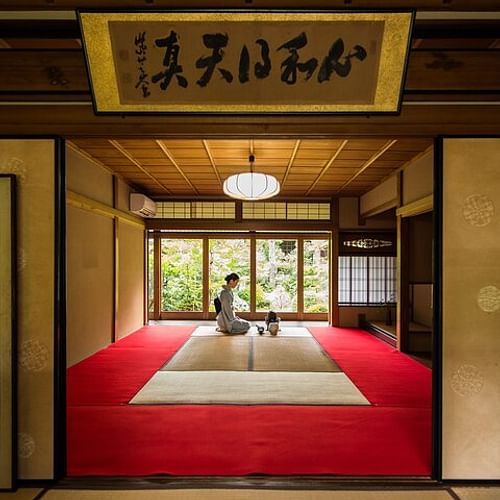
Kyoto・50 minutes
From
per person
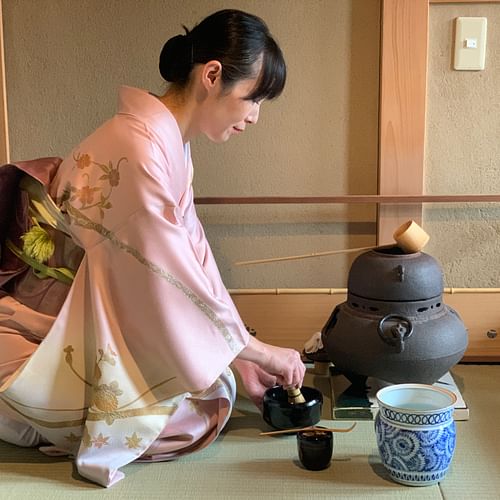
Kyoto・45 minutes
From $ 25.06
per person
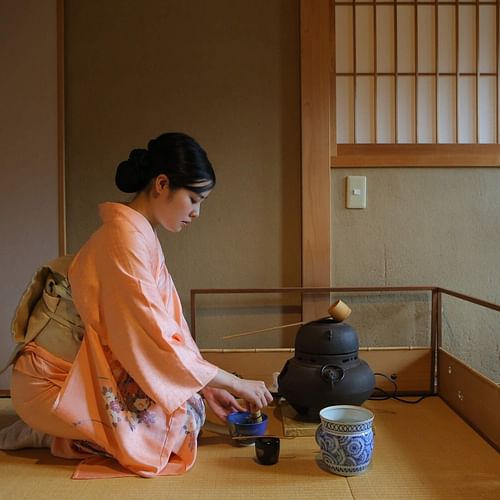
Kyoto・45 minutes
From $ 25.06
per person
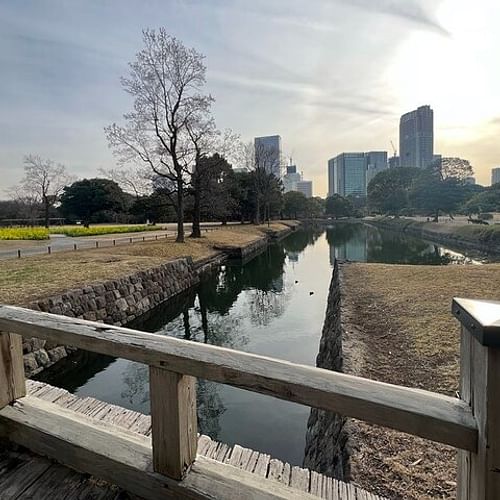
Tokyo・1 hour and 30 minutes
From $ 124
per person
Show more
The guests arrive a little before the appointed time and enter an interior waiting room, where they store unneeded items such as coats, and put on fresh tabi socks. Ideally, the waiting room has a tatami floor and an alcove (tokonoma), in which is displayed a hanging scroll which may allude to the season, the theme of the chaji, or some other appropriate theme.
The guests arrive a little before the appointed time and enter an interior waiting room, where they store unneeded items such as coats, and put on fresh tabi socks. Ideally, the waiting room has a tatami floor and an alcove (tokonoma), in which is displayed a hanging scroll which may allude to the season, the theme of the chaji, or some other appropriate theme.
The guests arrive a little before the appointed time and enter an interior waiting room, where they store unneeded items such as coats, and put on fresh tabi socks. Ideally, the waiting room has a tatami floor and an alcove (tokonoma), in which is displayed a hanging scroll which may allude to the season, the theme of the chaji, or some other appropriate theme.
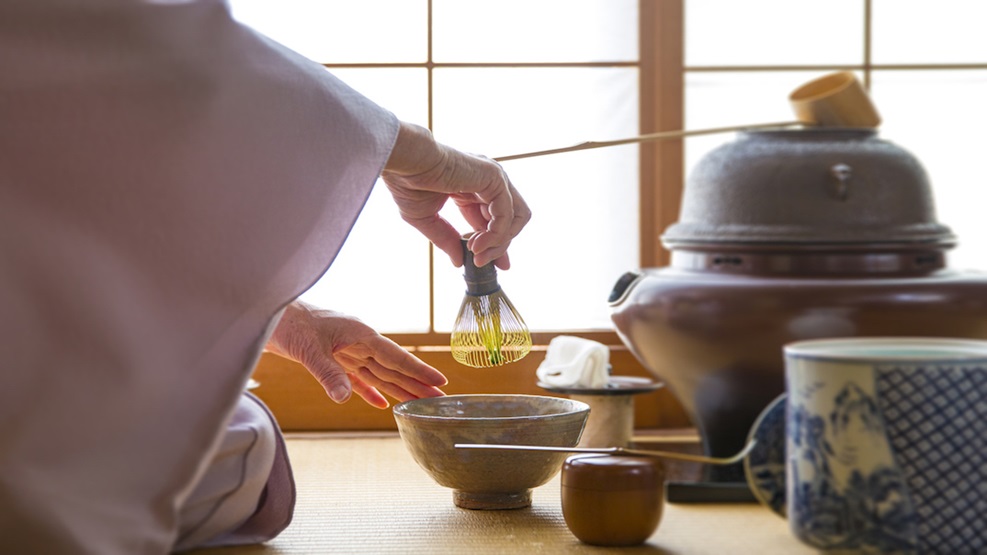
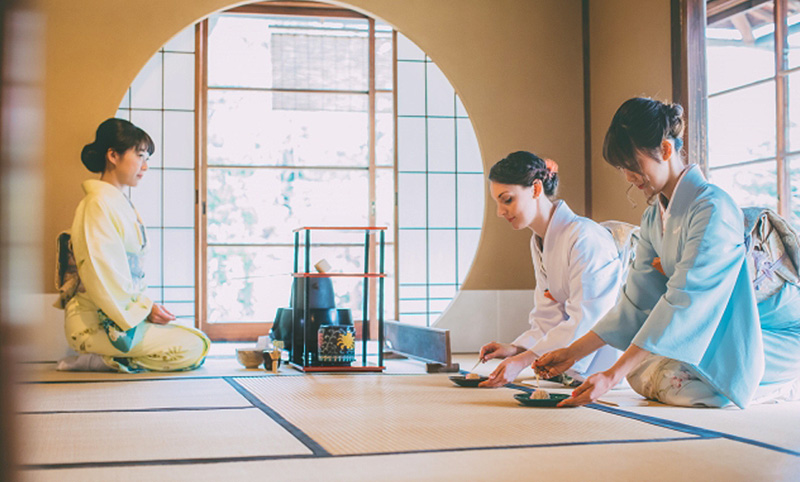

77
tours & activities
29
tours & activities
22
tours & activities
17
tours & activities
16
tours & activities
8
tours & activities
8
tours & activities
6
tours & activities
6
tours & activities
6
tours & activities
5
tours & activities
5
tours & activities
4
tours & activities
3
tours & activities
3
tours & activities
2
tours & activities
2
tours & activities
1
tours & activities
1
tours & activities
1
tours & activities